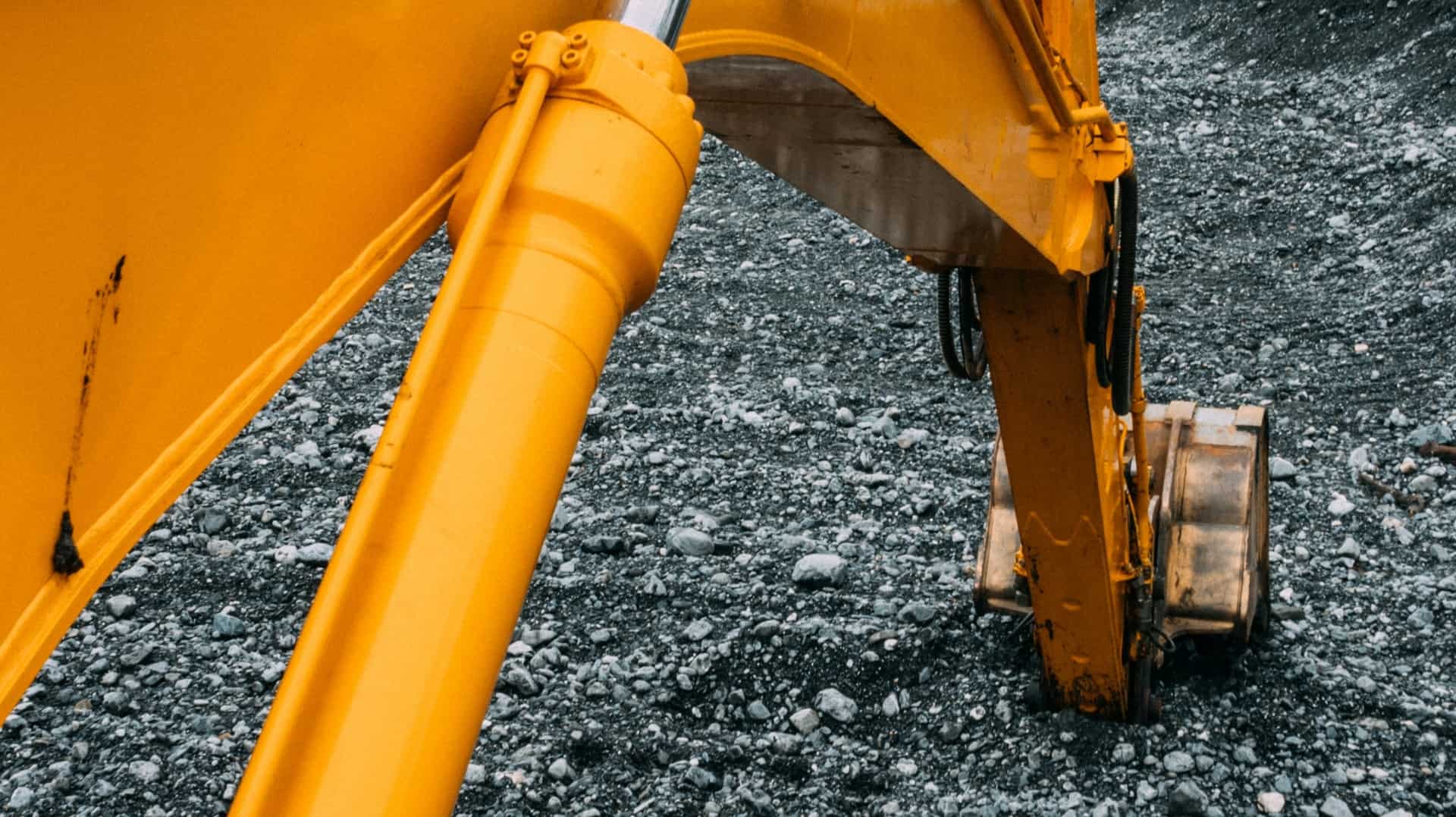
7 Things You Never Knew About Fluid Cleanliness Standards
August 23, 2022 - Ellie Gabel
Revolutionized is reader-supported. When you buy through links on our site, we may earn an affiliate commission. Learn more here.
Fluid cleanliness standards operate behind the scenes to ensure industries run smoothly.
Many industries rely heavily on hydraulic systems for a variety of applications, from material handling to different types of movement. The technology is fairly straightforward, but it’s often not as easy as just filling the tank and turning the key.
Fluid cleanliness standards are essential to keep hydraulic equipment functional. Here are seven things most people don’t understand about fluid cleanliness standards.
1. What Is Fluid Contamination?
Industry experts define fluid contamination as foreign particles introduced into hydraulic fluid. These contaminants can appear in one of three states of matter – solid, liquid, or gas – with each causing a different type of problem or creating a different effect within the hydraulic system.
2. Types of Fluid Contamination
There are four primary ways that contaminants can be introduced into a hydraulic system.
Native contamination occurs when contaminants are left in the hydraulic system after a repair or maintenance cycle. New oil contaminants exist in new containers of hydraulic fluid. New oil isn’t usually cleaned to ISO cleanliness standards, so it’s essential to filter it before adding it to a hydraulic system.
Ingressed contamination occurs when contaminants from outside the system make their way in, either during repairs and maintenance or because of leaks and damage.
Finally, internally generated contaminants happen when normal wear and tear within the system creates metal or plastic particles that are suspended in the hydraulic fluid.
3. Why Are Fluid Cleanliness Standards Important?
Fluid cleanliness standards might seem like an extra step in an already extensive maintenance process. These standards are incredibly important. Refusing to maintain fluid cleanliness standards extends the operational life of the hydraulic system by preventing undue wear and tear.
Fluid contamination, over time, can even cause catastrophic equipment failures, which then lead to costly repairs or replacement as well as downtime.
4. Monitoring Internal Clearances
The moving parts inside a hydraulic system operate with very small clearances, usually just enough to allow the hydraulic fluid to pass through to maintain system pressures.
Contaminants in the hydraulic fluid can interfere with those clearances, resulting in equipment failure, excessive pressures, and more. The smaller the clearances, the more damage these contaminants can potentially cause.
5. Understanding ISO Cleanliness Codes
Samples of hydraulic fluid are tested for particle counts and described with ISO cleanliness codes. One of the most challenging parts of maintaining fluid cleanliness standards is understanding these codes. ISO codes are broken down by particle size and density. Sizes vary from less than 4 microns to less than 100 microns. The number of particles per milliliter determines the final ISO code.
Paired with the clearance information from the previous point, these cleanliness codes can provide a significant amount of valuable information about the cleanliness of the hydraulic system and what might need to be addressed.
6. Breaking Down Particle Counts
Particle counts help determine how many of each size of particle exists within the fluid sample. The precise number assigned to these measurements can be a little challenging to understand.
For example, ISO code 17/13/9 describes three different particle counts. Changing just one of those numbers – like swapping the 17 for an 18 – could mean the test detected up to 1,200 more particles within the sample or only found one more, but that was enough to move the rating up to the next level.
Taking multiple samples over time is the best way to paint a more accurate picture of the contaminant levels in any given hydraulic system.
7. Creating Target Cleanliness Levels
Fluid cleanliness standards don’t just rely on testing and filtering. Contaminants and dealing with them is part of the job when maintaining a hydraulic system.
Instead of wasting time trying to keep all contaminants out of any given hydraulic system, the best operating procedure is to create target cleanliness levels. These levels detail where a system can operate safely at various pressures and provide guidelines for cleaning the system before it reaches a damaging threshold.
Looking Forward
Fluid cleanliness standards are essential for operating and maintaining any hydraulic system. It’s a little more complex than just filling up the fluid tank and hoping for the best. These standards improve operations and help prevent internal damage or potentially catastrophic equipment failure.
Revolutionized is reader-supported. When you buy through links on our site, we may earn an affiliate commission. Learn more here.
Author
Ellie Gabel
Ellie Gabel is a science writer specializing in astronomy and environmental science and is the Associate Editor of Revolutionized. Ellie's love of science stems from reading Richard Dawkins books and her favorite science magazines as a child, where she fell in love with the experiments included in each edition.




